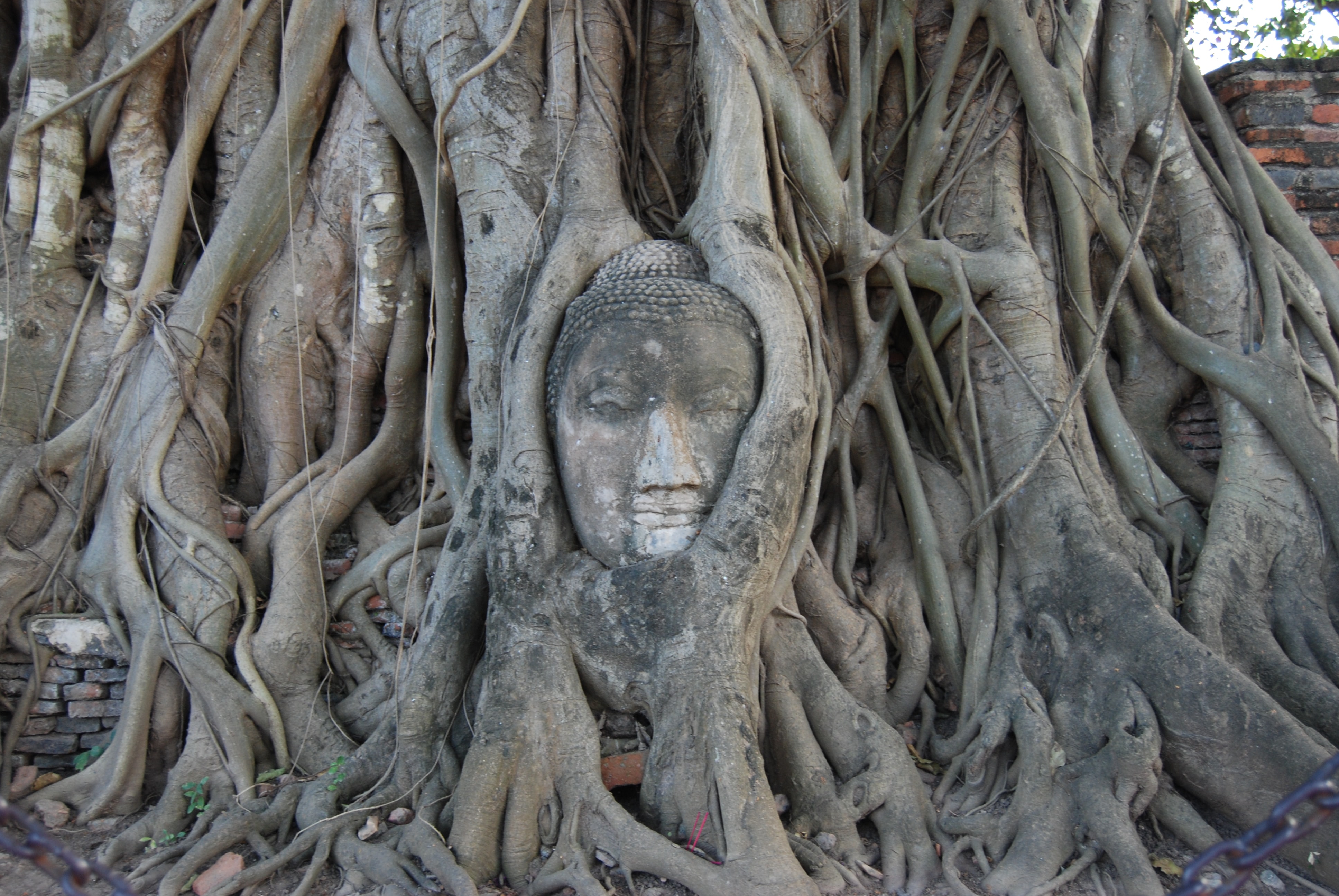According to Gautama Buddha himself:
“There is one thing that, when cultivated and regularly practiced, leads to deep spiritual intention, to peace, to mindfulness and clear comprehension, to vision and knowledge, to a happy life here and now, and to the culmination of wisdom and awakening. And what is that one thing? It is mindfulness centered on the body.” (Italics mine)
According to Jon Kabat-Zinn, the man who has contributed most to bringing the ancient self-development practice of meditation into modern secular life, Mindfulness is:
“…the awareness that emerges through paying attention on purpose, in the present moment, and non-judgmentally to the unfolding of experience, moment by moment.”
This definition is also an accurate way to describe the experience of fully engaging with Feldenkrais Awareness Through Movement®.
Moshe Feldenkrais was way ahead of his time when he began using intelligent touch and conscious movement to trigger new learning and self-healing in his “pupils”. The positive changes we can make to our everyday experience of life by enhancing our “awareness” are becoming better understood with every new development in neurobiology and neuroscience – despite the fact that our conscious sense of “awareness” is much easier for us to experience than it is for neuroscience to define.
Many wonderful researchers, teachers, and commentators are coming forward to explore the science of mindfulness: sometimes their focus is on emotional health; sometimes more on our physical well-being; and of course the benefits to our spiritual health are long-established, if perhaps a little harder to demonstrate in a scientific context. Often these non-religious modern systems recognise that our human mind-body-spirit cannot truly be separated into distinct parts, and that true healing is therefore always a self-integrating process.
Here is a typical article on a modern mindfulness class, beginning with the writer making the usual complaints about being encouraged to focus their attention on their kinaesthetic self-sensing process, but then going on to give a very clear overview of the wealth of positive research that has led to the level of popularity that mindfulness training is currently enjoying. It is clear that this is a whole-self process; not just mind, not just focussing our thoughts, but body-mind – the melding of mental and sensory attention into one integrated process.
What is not always recognised is that using movement as a way to enhance whole-self awareness is a natural way to increase the benefits of your meditative practice and improve your physical health at the same time. Neuroscientist Rodolfo R. Llinás (MD, PhD) makes the potential for quieting the analytical mind by focussing our conscious awareness on our movements very clear:
“The central generation of movement and the generation of mindness are deeply related; they are in fact different parts of the same process. In my view, from its very evolutionary inception mindness is the internalization of movement.”
“Movement is all important. From cardiovascular health, bone density, joint functioning to central nervous system optimisation. For the health of each and every cell in your organism, to your mental wellbeing and overall happiness. Movement is life. And life is movement!”
If you have been to a Feldenkrais class you will recognise that Awareness Through Movement is built on a foundation of exactly this process of connecting the sensory-motor awareness to the present moment of conscious attention, while at the same time increasing your ability to integrate this enhanced self-awareness by anchoring it to a new manner of doing. The new behaviour is designed to replace previously established automatic and robotic behaviour of the sort we humans are prone to develop over time. These habits of mind and movement are programmed into our nervous system with every repetitive act we engage in – but as soon as we stop constantly repeating these old patterns and begin replacing them with new, less conditioned and compulsive behaviour, then our old neural pathways can be overwritten.
“Old habitual postures and body ‘ignorance’ will retard the best progress and change that psychotherapy can accomplish. I specifically recommend The Feldenkrais Method to support and accelerate the work I do.”
Leslie Cameron-Bandler, Psychotherapist, Co-Developer of Neuro Linguistic Programming
You may have chronic pain in your shoulder, back or knee; or a difficulty telling your left from your right; or maybe it takes you a long time to recover your inner calm down after a stressful experience; the good news is that these are all issues that can improve when you replace old behavioural programmes with new ones.
Feldenkrais Awareness Through Movement is for every part of you, it is designed to bring your mind-body-spirit together into one fully-integrated, fully-functional self. Of course establishing greater self-integration takes practice, but then doesn’t everything that actually works? At least with Feldenkrais the path to better health is varied, and fun – and you don’t have to get very far down that path before you begin to feel much, much better – usually after just one lesson.
It has been my experience that mastering this learning process has helped me begin to undo much deeper and older health issues; the chronic anxieties of my childhood, and the physical problems that emerged around the same time are beginning to reverse. I firmly believe that it is possible to speed up the self-healing process by focussing on the awareness element of Awareness Through Movement, which is why I am teaching a regular weekly evening class on Zoom to enable more effective self-healing practices for my students.
In the meantime here is a brief clip of Moshe talking about learning with awareness, thanks to my colleague, Buffy Owens, who has a wonderful selection of videos on her YouTube channel, Conscious Moves:
Please note, I am slowly catching up with a backlog of work and this website is rather untidy – do not hesitate to contact me if you would like to know more about anything mentioned in this article or elsewhere…
